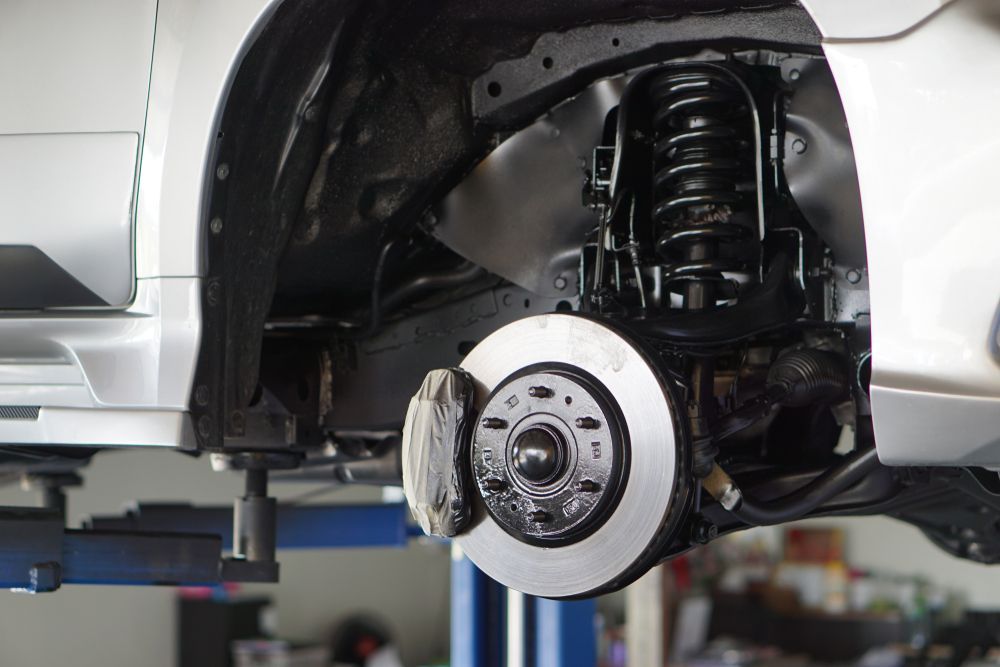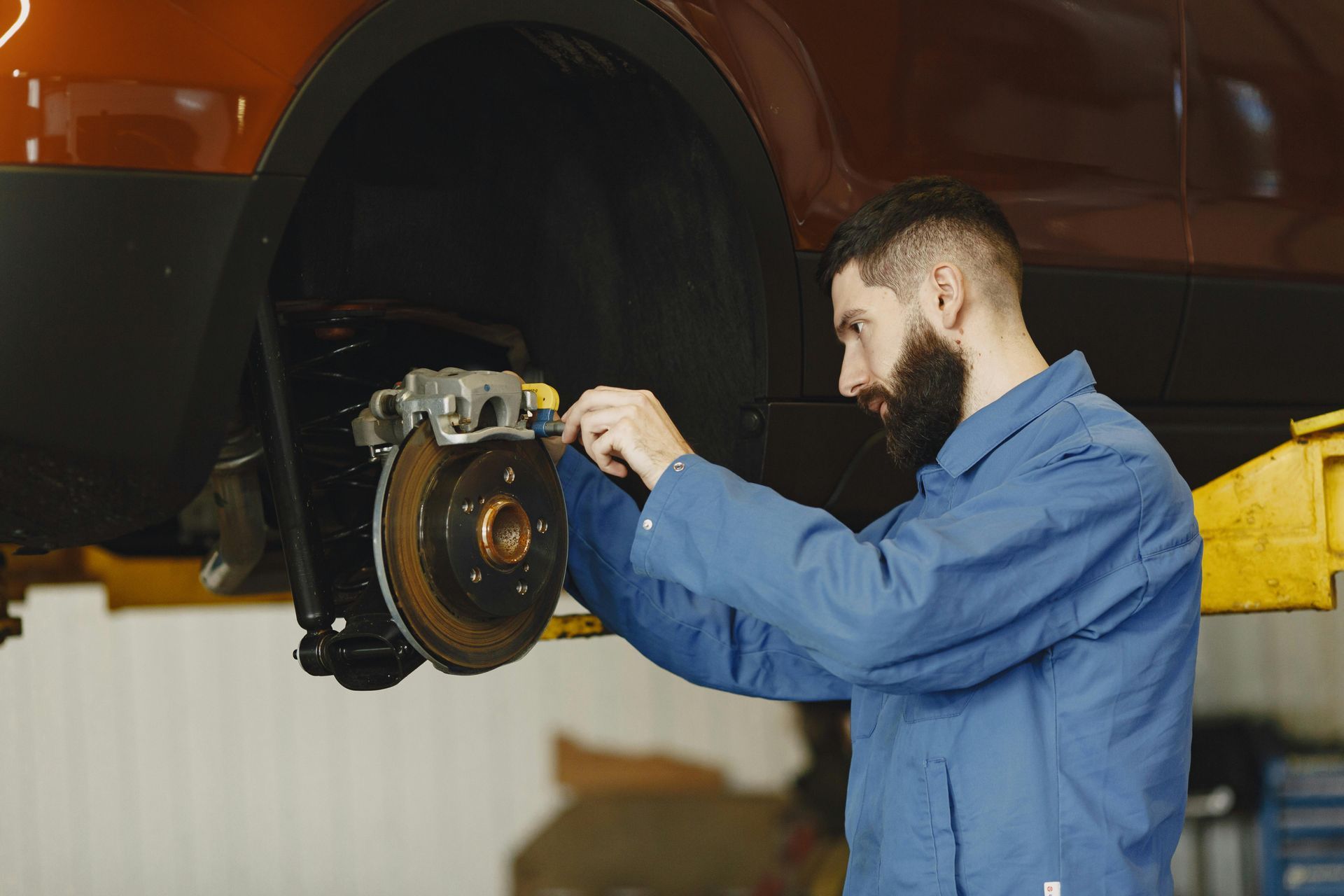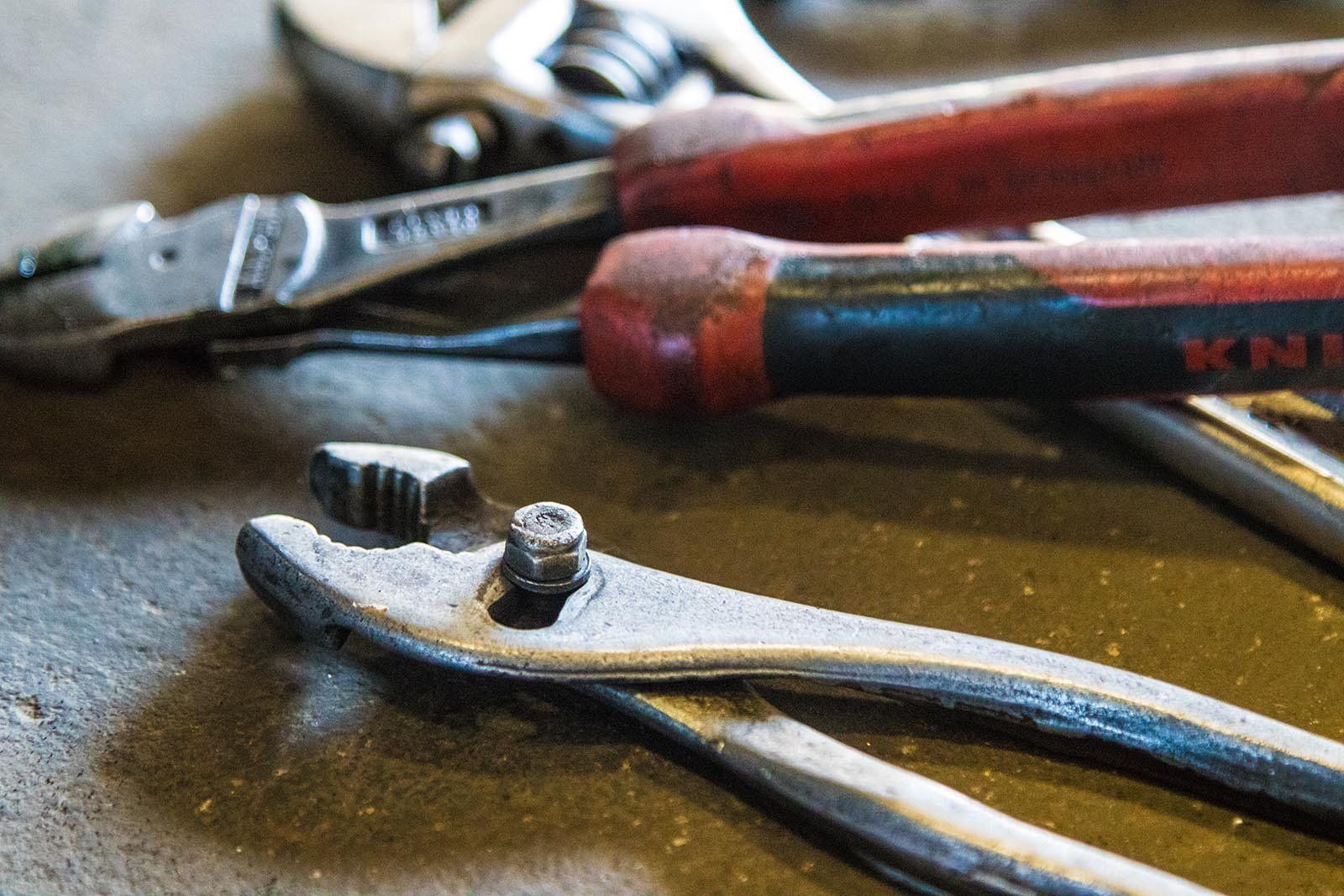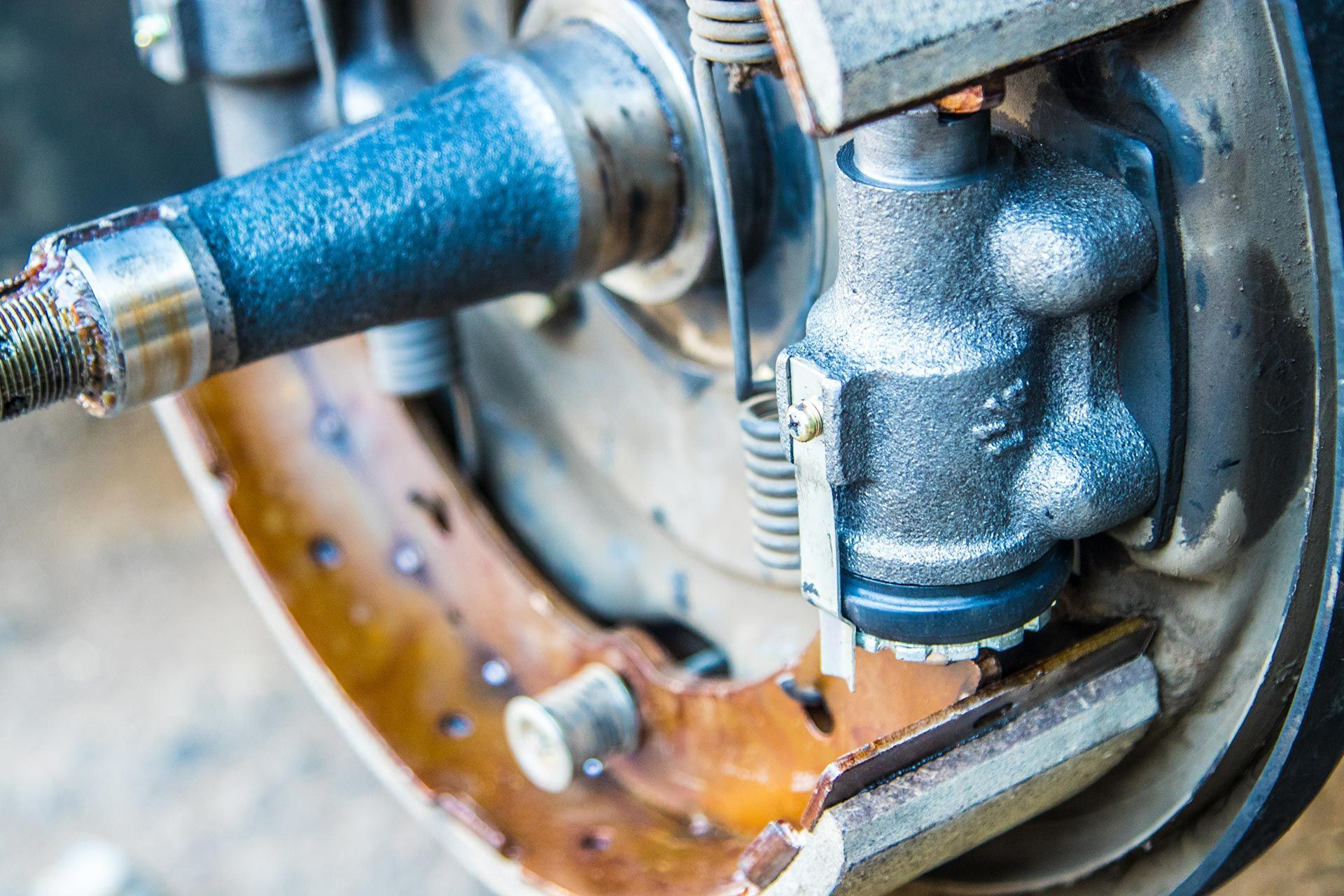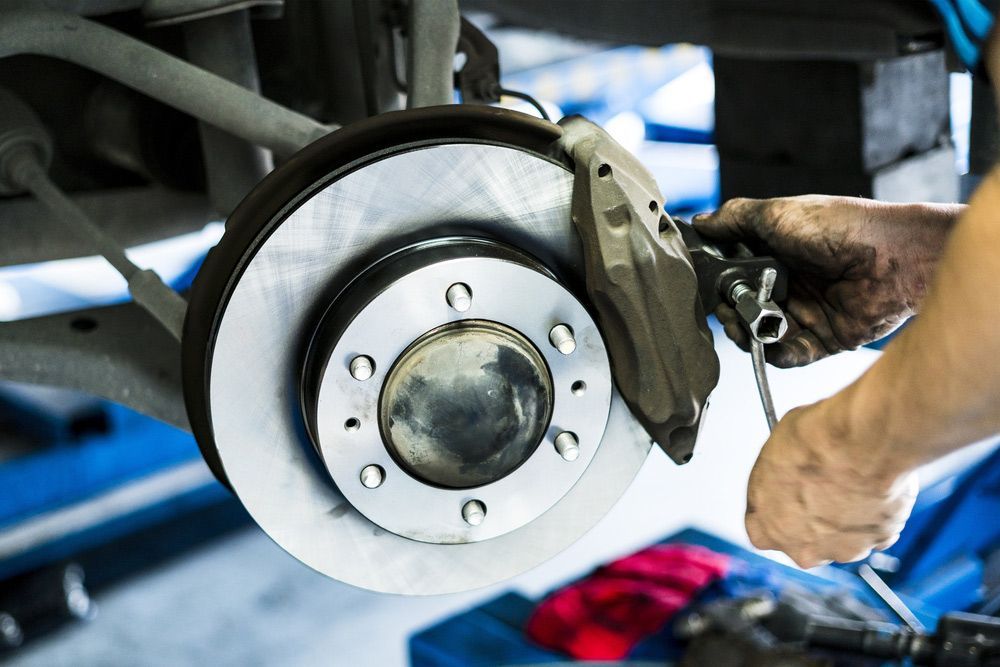The Difference Between Disc Brakes & Drum Brakes Explained
Every time you press the brake pedal, you’re relying on one of the most important safety systems in your car. Brakes give you control, help you avoid accidents, and make everyday driving feel secure. But not all brakes work the same way. The two main systems you’ll hear about are disc brakes and drum brakes, and each has its own strengths, weaknesses, and role in vehicle design.
For car owners, knowing the difference isn’t just a matter of curiosity. It helps you understand what’s on your vehicle, why your mechanic might recommend certain repairs, and how to budget for maintenance. Whether you’re driving an older car with drums or a modern model with discs, the more you know, the easier it is to keep your brakes in top shape. If you’re looking for dependable brakes in Tamworth, understanding these systems will give you confidence when it’s time to service or replace them.
How Disc Brakes Work
Disc brakes are the most widely used system in modern vehicles, particularly at the front wheels where most of the braking force is applied. They work by squeezing brake pads against a metal disc (rotor) attached to the wheel, creating friction that slows the car.
The main components include:
- Brake calliper: The part that holds the brake pads and presses them onto the rotor.
- Brake pads: Friction material that grips the rotor to slow it down.
- Rotor (disc): The spinning disc attached to the wheel hub.
- Hydraulic fluid: Transfers pedal pressure to the calliper for strong, consistent braking.
This simple but powerful design makes disc brakes responsive, reliable, and well-suited to everyday driving as well as high-performance situations.
Advantages of Disc Brakes
Disc brakes are popular for good reason. Their main benefits include:
- Consistent braking power across different speeds and conditions
- Excellent heat dissipation, reducing the risk of brake fade on long drives
- Strong wet-weather performance, as water quickly sheds off the rotor
- Ease of inspection and servicing, since pads are simple to check and replace
- Smooth, responsive feel that gives drivers more control and confidence
This is why disc brakes are now standard in most cars and almost universal in performance vehicles.
How Drum Brakes Work
Drum brakes are an older but still useful system, particularly on the rear wheels of smaller cars and in heavy-duty vehicles. Instead of a disc, they use a hollow drum that spins with the wheel. When you press the brake pedal, hydraulic pressure pushes brake shoes outward to press against the inside of the drum, generating friction that slows the vehicle. Springs pull the shoes back when the pedal is released.
Drum brakes are less visible than discs, but they’re valued for their cost-effectiveness and durability. They’re also commonly integrated with handbrake systems, making them practical for rear-wheel use. You’ll often see drum brakes in budget-friendly cars, older vehicles, and large trucks or buses that need extra durability.
Advantages of Drum Brakes
While they may not offer the same performance as discs, drum brakes still provide important benefits:
- Lower cost to produce and repair, making them budget-friendly
- Durability, often lasting longer than disc brakes under certain conditions
- Easy integration with parking brakes, making them practical for rear wheels
- Adequate stopping force for the back wheels, where less braking power is needed
- Strength for heavy vehicles, making them suitable for trucks and buses
These advantages explain why drum brakes are still in use today, even as discs dominate passenger vehicles.
Key Differences Between Disc & Drum Brakes
When you compare the two systems directly, the differences become clear:
Performance:
- Disc brakes: Provide stronger, more reliable stopping power.
- Drum brakes: Effective in certain roles but less responsive overall.
Safety:
- Disc brakes: Handle heat and water better, reducing the risk of failure.
- Drum brakes: More likely to overheat under continuous use.
Maintenance:
- Disc brakes: Easier to service, but pads may wear faster.
- Drum brakes: Harder to access, though shoes may last longer.
Cost:
- Disc brakes: Higher upfront cost but convenient for servicing.
- Drum brakes: Cheaper to produce and maintain, especially on rear wheels.
If you’re unsure which system you have or how to care for it, a brake specialist in Tamworth can provide clear advice and servicing tailored to your vehicle.
Maintenance & Repair Considerations
No matter which braking system your car uses, regular maintenance is non-negotiable. Brake pads, shoes, and hydraulic components naturally wear out over time. Ignoring them not only reduces performance but can put your safety at risk.
Common signs that your brakes need attention include:
- Squealing or grinding noises
- A brake pedal that feels soft or vibrates
- Increased stopping distance
- Warning lights on the dashboard
As a general rule, brakes should be checked at least once a year, or sooner if you notice any of the above signs. If you’ve been searching for brake repairs near me, it’s worth booking a professional inspection before problems escalate. Preventive servicing is always cheaper and safer than waiting for a failure.
Choosing the Right Brakes With Local Experts in Tamworth
Disc and drum brakes each have their place. Disc brakes dominate modern vehicles because of their performance and safety, while drum brakes remain a reliable, cost-effective option for rear wheels and heavy vehicles. Both, however, need professional care to keep them safe and effective.
At
Kings Brakes, we understand the unique demands of both systems. Whether you drive an older car with drum brakes, a modern vehicle with discs, or a combination of both, our team can provide expert servicing, repairs, and upgrades. For trusted advice on brakes, and the reassurance of working with an experienced brake specialist in Tamworth, visit
https://www.kingsbrakes.com.au/. With the right care, you’ll enjoy smoother, safer, and more reliable braking every time you get behind the wheel.

